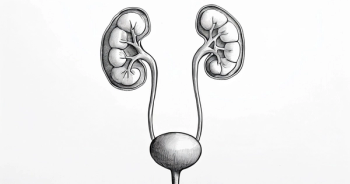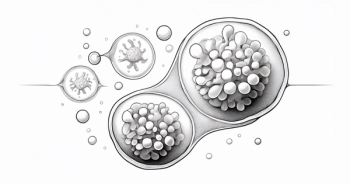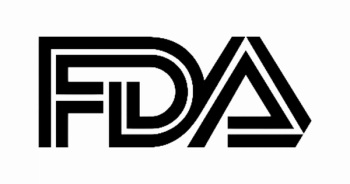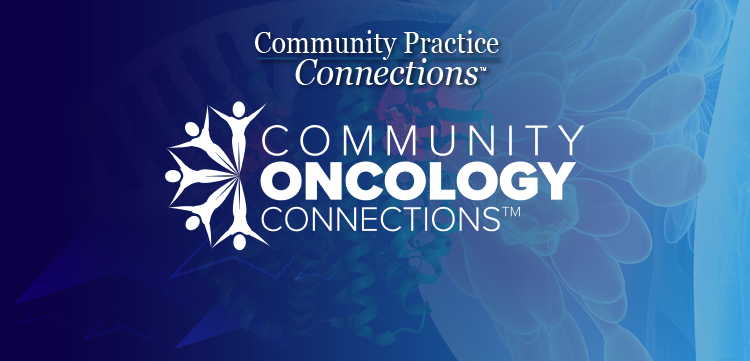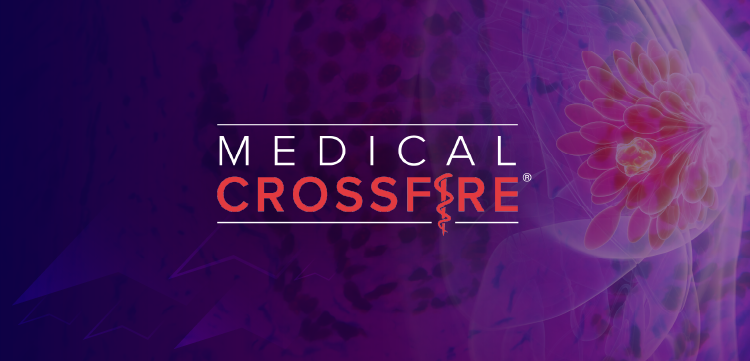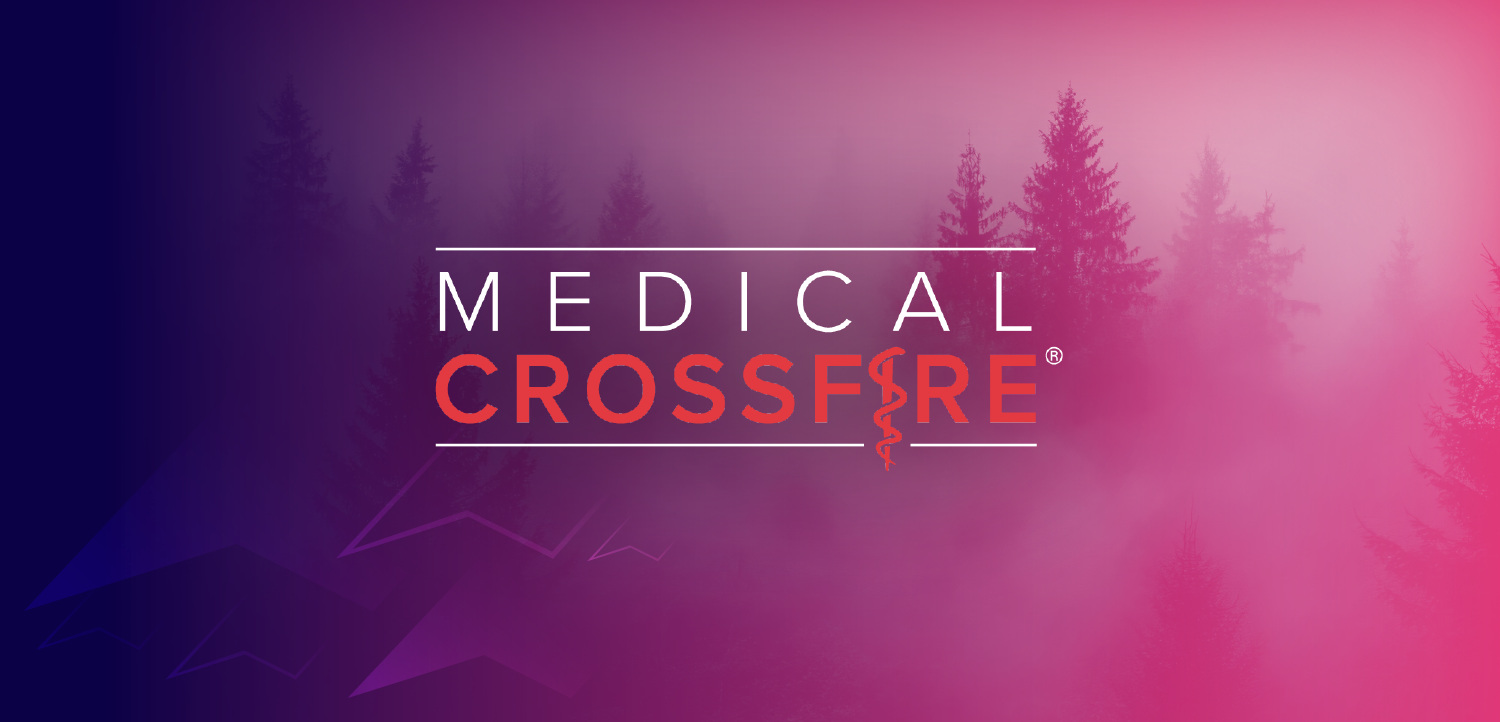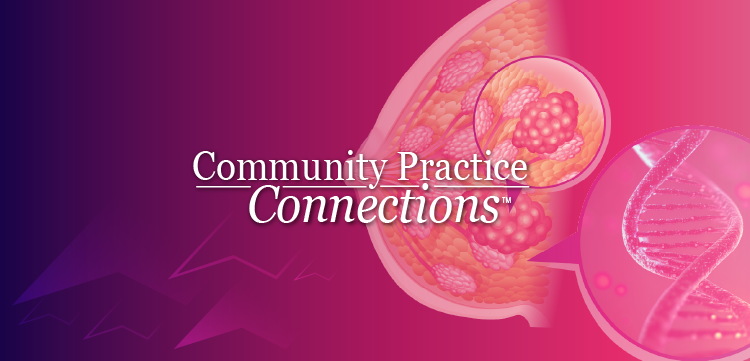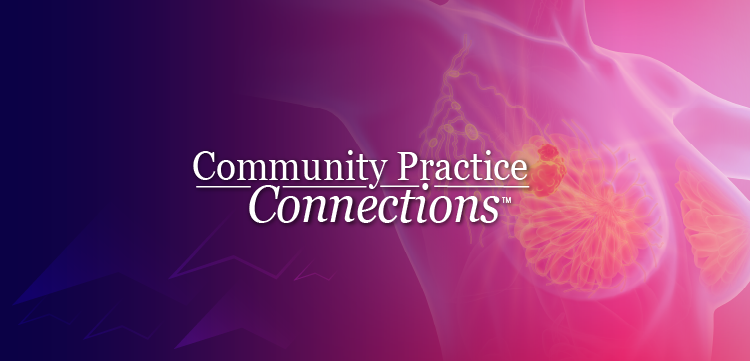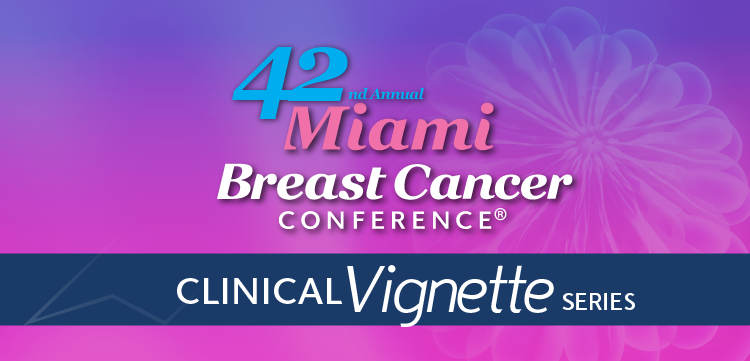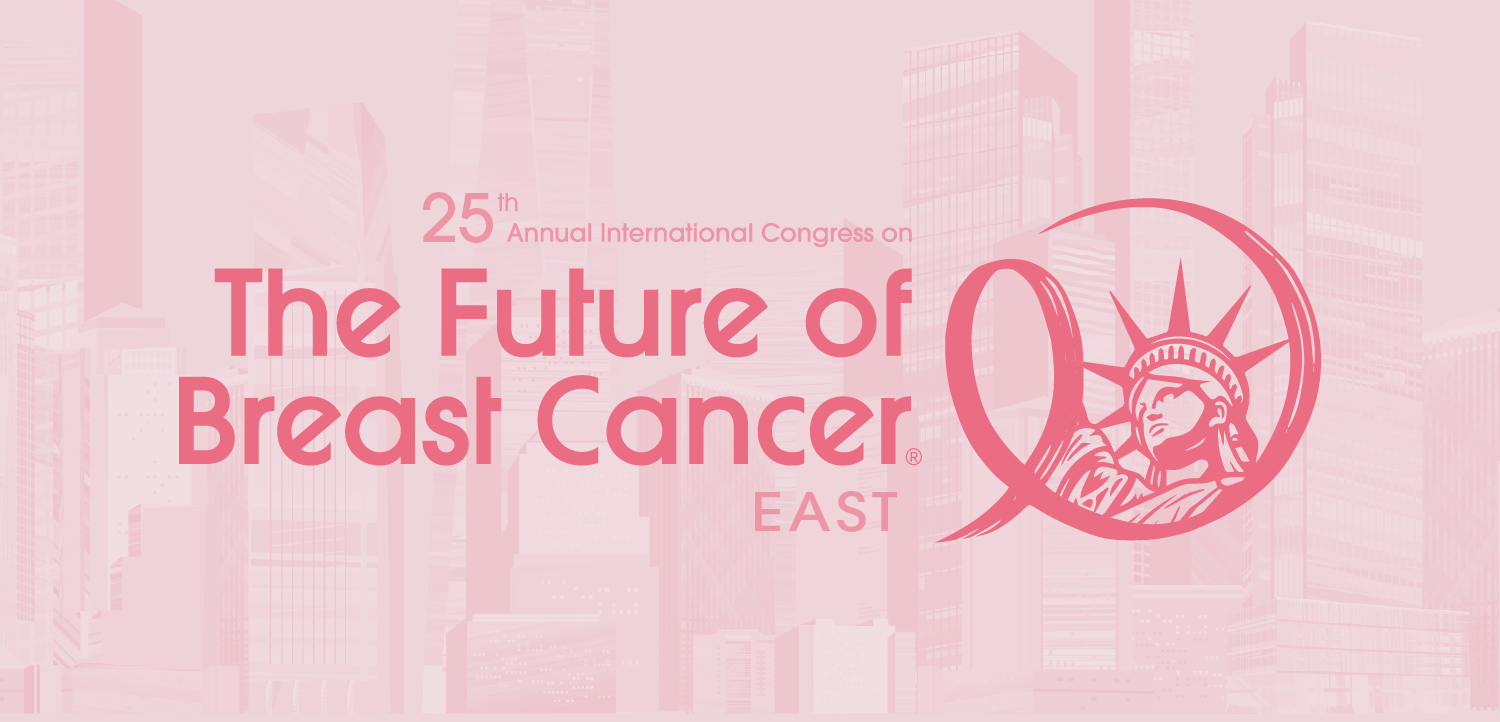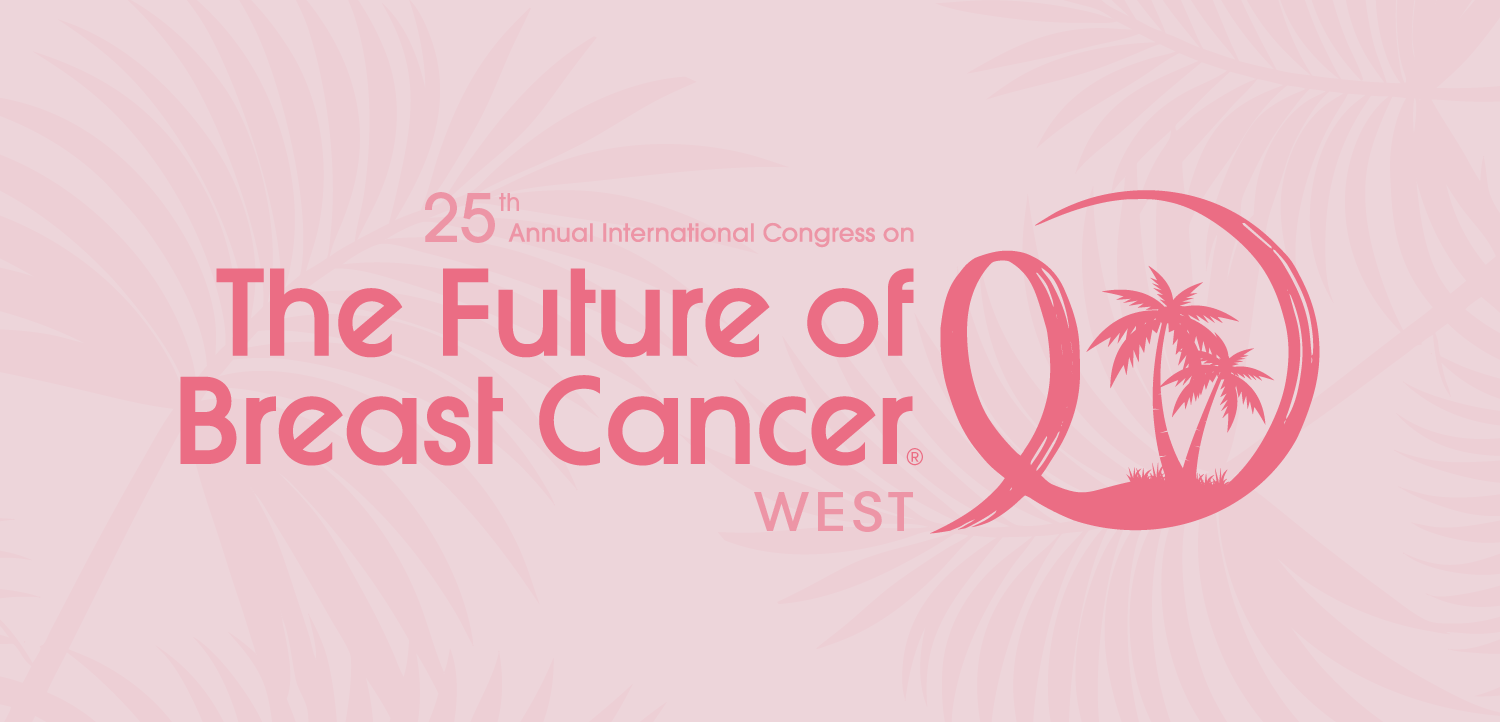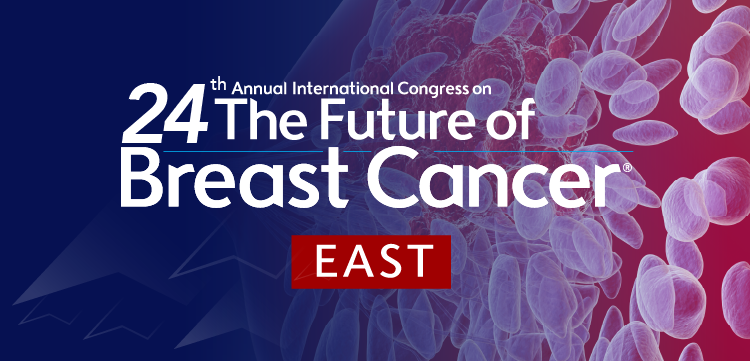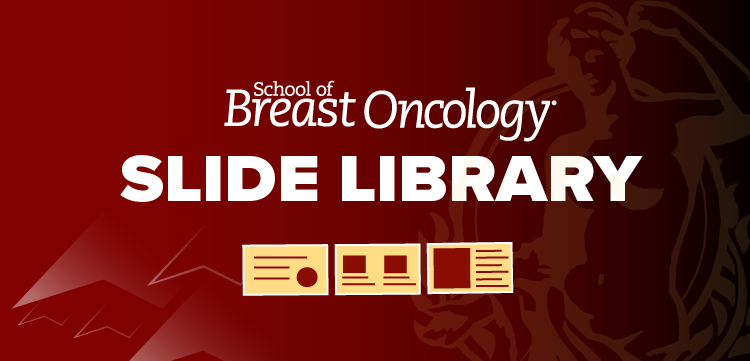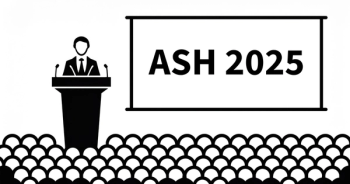
Targeted Therapies in Oncology
- April 2018
- Volume 7
- Issue 4
A Chemotherapy-Free Option for Advanced Follicular Lymphoma
The combination of CC-122, an investigational pleiotropic pathway modulator, and the second-generation anti-CD20 antibody obinutuzumab induced strong responses in patients with relapsed or refractory follicular lymphoma.
Jean-Marie Michot, MD, a medical internist with Institut de Cancérologie Gustave Roussy in Villejuif, France, presented results from the phase I CC-122- NHL-001 study at the 2018 International Congress on Targeted Anticancer Therapies held in Paris. He said these results establish the combination as a new chemotherapy-free treatment regimen for patients with relapsed/ refractory FL.
“The CC-122 and obinutuzumab combination is consistent with the tolerability profile of either therapy alone, with no unexpected toxicities,” he said. “The combination demonstrates similar activity in high-risk and standard-risk patients [with FL].”
Michot called FL the most important histology treated in this study of B-cell non-Hodgkin lymphomas. The objective response rate (ORR) was 77% for patients with FL or marginal zone lymphoma (MZL). Twelve patients (40%) with FL had a complete response (CR) and 11 (37%) had a partial response (PR); the 1 patient with MZL achieved a PR. Two additional patients (7%) with FL had stable disease (TABLE).
Median progression-free survival (PFS) was 16.6 months in the FL or MZL group (95% CI, 5.4-not reached), with a 6-month PFS of 71.9% (95% CI, 49.5%-85.7%) and a median duration of response of 19.4 months (95% CI, 8.4-not reached).
The CC-122/obinutuzumab combination also showed strong efficacy in high-risk patients with FL, defined as relapse within 2 years of initial diagnosis (early relapse) or refractory to rituximab alone or in combination, and refractory to an alkylating agent (double refractory). The ORR was 75% in these high-risk patients (n = 16), including 6 CRs (38%) and 6 PRs (38%).
In comparison, the ORR was 77% in nonhigh-risk patients with FL, including 6 CRs (46%) and 4 PRs (31%).
The median PFS was 21.2 months (95% CI, 3.7-not reached) in the high-risk group compared with 16.6 months (95% CI, 5.4-16.6) in the nonhigh-risk group. Six-month PFS was 64.2% (95% CI, 33.6%-83.5%) in the high-risk group compared with 79.5% (95% CI, 39.3%-94.5%) in the non–high-risk group. Median duration of response favored the high-risk group at 19.4 versus 8.4 months.
“This is quite clearly a limited number of patients, but clearly we can see that CC-122 and obinutuzumab is effective in patients with high-risk and standard-risk follicular lymphoma,” Michot said.
CC-122-NHL-001 was a 2-stage study of patients with relapsed/ refractory diffuse large B-cell lymphoma (DLBCL) or indolent non-Hodgkin lymphoma. Eligible patients had histologically or cytologically confirmed DLBCL; grade 1, 2, or 3a FL; or MZL. All patients were CD20-positive and had a measurable lesion ≥1.5 cm.
Stage 1 was a classic 3+3 structure dose-establishing study, which established 3.0 mg of CC-122 as the treatment dose for stage 2. CC-122 was administered on days 1 through 5 every 7 days in 28-day cycles in phase 2. Obinutuzumab was administered at 1000 mg on days 2, 8, and 15 during the first cycle and on each day 1 of cycles 2 through 8.
Two patients experienced a dose-limiting toxicity in stage 1; 1 patient treated with 3.0 mg of CC-122 had grade 4 neutropenia, and 1 treated with 4.0 mg of CC-122 had a fatal tumor flare reaction.
The majority of patients had FL (59%). Nineteen patients (39%) had DLBCL and 1 (2%) was diagnosed with MZL.
The median patient age was 60 years (range, 26-83); 33% of patients were aged >65 years. Thirty-two patients (65%) were male.
The median number of prior systemic therapies was 3 (range, 1-11). Twenty-five patients (51%) were refractory to rituximab (Rituxan) and 19 (39%) had undergone prior stem cell transplant.
Ten patients (20%) had positive bone marrow involvement and 5 (10%) had bulky disease.
Most patients (78%) had stage III/IV disease. Thirty patients (61%) had an ECOG performance status of 0 and 19 (39%) had a score of 1.
In the entire cohort (n = 49), the ORR was 65% with 14 CRs (29%) and 18 PRs (37%) on the combination. The ORR was 47% for patients with DLBCL, with 2 CRs (11%) and 7 PRs (37%).
Overall, the median PFS was 13.8 months (95% CI, 3.8-21.2) with a 6-month PFS of 59.5% (95% CI, 42.7%-72.8%) and a median duration of response of 10.2 months (95% CI, 8.4-not reached). Median PFS in the DLBCL group was 4.7 months, with a 6-month PFS of 40.0% (95% CI, 15.9%-63.3%) and a median duration of response of 10.2 months (95% CI, 1.8-10.2). Michot said that most responders maintained response beyond 12 months.
All patients were included in the safety analysis. The most common (≥20%) any-grade adverse events (AEs) were neutropenia (65%), thrombocytopenia (39%), diarrhea (29%), pyrexia (27%), and cough (22%).
The most common (≥5%) grade 3/4 AEs were neutropenia (55%), thrombocytopenia (22%), increased alanine aminotransferase (6%), and febrile neutropenia (6%).
Phase 2 of the study is ongoing and focusing on patients with FL who are relapsed/refractory and either lenalidomide (Revlimid)- naïve or lenalidomide-exposed.
Reference:
Michot JM, Bouabdallah R, Doorduijn JK, et al. CC-122, a novel cereblon-modulating agent, in combination with obinutuzumab (GA101) in patients with relapsed and refractory (R/R) B-cell non-Hodgkin lymphoma (NHL). Presented at: 2018 Targeted Anticancer Therapies; March 5-7, 2018; Paris, France. Abstract 480.
Articles in this issue
over 7 years ago
Shingrix Prevents Herpes Zoster Episodes Following HSCTover 7 years ago
Prevention of Cytomegalovirus After Allogeneic HSCTover 7 years ago
Durvalumab Shows Encouraging Activity in PD-L1-Low HNSCC

